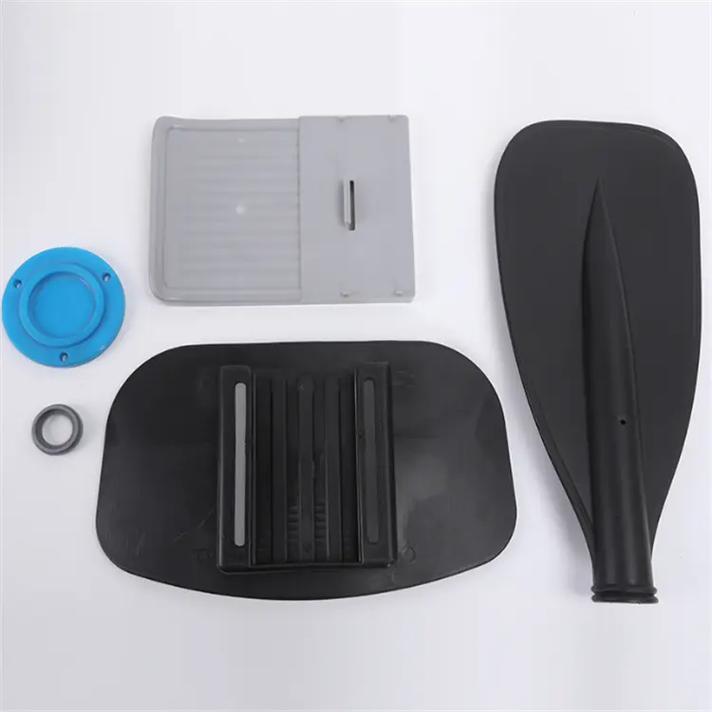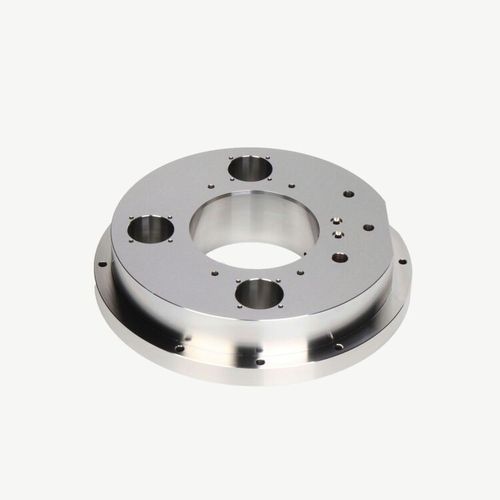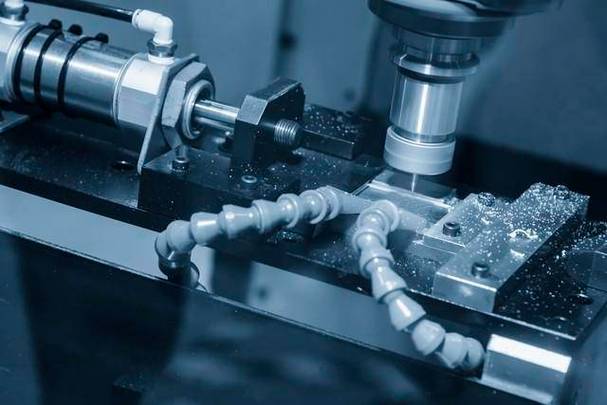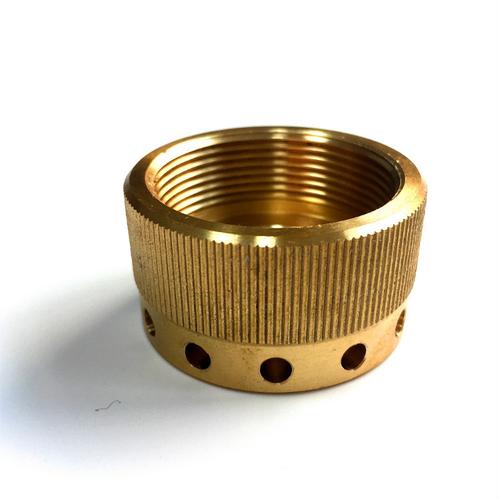Vacuum casting is a precision manufacturing process that produces metal or plastic parts by pouring molten material into a mold within a vacuum environment. By removing air and gases from the mold cavity, it minimizes porosity, oxidation, and impurities in the final part, ensuring high density, smooth surfaces, and tight dimensional accuracy. Ideal for complex, thin-walled, or high-performance components, it is widely used in aerospace, medical, and precision engineering sectors.
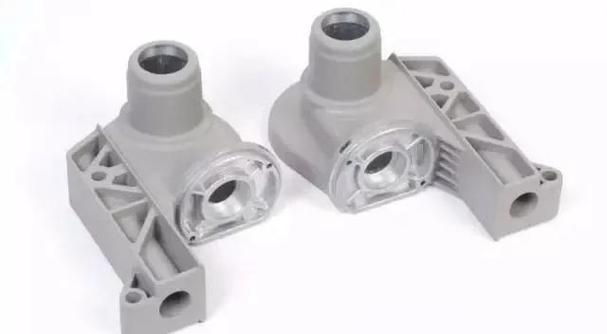
Detailed Analysis of Vacuum Casting
1. Technical Principles & Core Advantages
Vacuum casting leverages a vacuum environment to address key limitations of conventional casting, offering unique technical benefits:
- Gas Elimination: In traditional casting, air and gases trapped in the mold cavity form pores or bubbles in the part, weakening structural integrity. Vacuum casting removes over 99% of these gases by evacuating the mold chamber to pressures as low as 1–10 mbar before pouring. This eliminates porosity, critical for load-bearing parts like aerospace turbine blades or medical implants.
- Improved Material Flow: The vacuum reduces resistance to molten material flow, enabling it to fill intricate mold details (e.g., thin walls <1mm, fine ribs, or complex undercuts) that conventional casting might miss. For example, aluminum alloys with high viscosity flow more easily in a vacuum, ensuring complete filling of mold cavities for precision gears.
- Reduced Oxidation: By isolating the molten material from atmospheric oxygen, vacuum casting minimizes oxide inclusions—common defects in metals like titanium or stainless steel that degrade mechanical properties. This is vital for high-strength applications, such as automotive engine components requiring tensile strength >800 MPa.
2. Step-by-Step Vacuum Casting Process
The process follows a structured workflow to ensure part quality and consistency:
-
Mold Preparation:
- Molds are typically made from heat-resistant materials: metal molds (steel, cast iron) for high-volume production, or ceramic/silicone molds for low-volume prototypes. For complex parts, 3D-printed sacrificial molds (using wax or resin) may be used, which melt away during casting.
- The mold is assembled and placed in a vacuum chamber, with vents designed to facilitate gas evacuation without trapping molten material.
-
Vacuum Evacuation:
- The chamber is sealed, and a vacuum pump evacuates air to the target pressure (e.g., 5 mbar for aluminum, 1 mbar for titanium). This step takes 5–30 minutes, depending on chamber size and mold complexity, ensuring all cavities and vents are free of gas.
-
Material Melting & Pouring:
- The raw material (metal alloy or plastic resin) is melted in a crucible within or connected to the vacuum chamber. Metals like aluminum (melting point 660°C) or titanium (1,668°C) are heated using induction or resistance furnaces, while plastics (e.g., epoxy, polyurethane) are melted at lower temperatures (100–200°C).
- The molten material is poured into the mold’s sprue (inlet channel) under vacuum. The vacuum ensures the material flows smoothly through runners and gates into all mold cavities, even for parts with uneven thicknesses.
-
Solidification & Cooling:
- The mold is cooled gradually (air-cooled or water-cooled) to control solidification, reducing internal stresses. For metals, cooling rates of 10–50°C/min prevent coarse grain formation, enhancing strength. Plastics may require post-curing at elevated temperatures to improve hardness.
-
Demolding & Post-Processing:
- The mold is opened, and the part is removed. Excess material (sprue, runners) is trimmed, and surface finishing (grinding, polishing) is performed to achieve Ra <1.6μm for sealing surfaces. For metals, heat treatment (annealing, aging) may follow to optimize mechanical properties.
3. Suitable Materials & Alloy Compatibility
Vacuum casting works with a range of materials, with metals being the primary focus:
-
Metals & Alloys:
- Aluminum Alloys (6061, 7075): Widely used for lightweight, high-strength parts (e.g., drone frames, automotive brackets). Vacuum casting eliminates porosity, ensuring consistent tensile strength (310–570 MPa) and corrosion resistance.
- Titanium Alloys (Ti-6Al-4V): Critical for aerospace and medical applications due to high strength-to-weight ratio and biocompatibility. Vacuum casting prevents oxidation, maintaining fatigue resistance (10⁷ cycles at 600 MPa).
- Stainless Steel (316L, 17-4 PH): Used for corrosion-resistant parts (e.g., marine hardware, chemical processing equipment). Vacuum casting reduces carbide precipitation, enhancing weldability and toughness.
- Superalloys (Inconel 718): For high-temperature parts (e.g., gas turbine components), vacuum casting ensures uniform microstructure, withstanding 1,000°C+ environments without creep.
-
Plastics & Composites:
- Epoxy and polyurethane resins are vacuum-cast for prototypes or low-volume plastic parts (e.g., electronic enclosures, consumer goods). The process eliminates air bubbles, achieving clear, defect-free finishes for optical components.
4. Product Characteristics & Design Considerations
Vacuum-cast parts offer distinct advantages for specific design needs:
-
Complex Geometries: The process excels at producing parts with undercuts, thin walls (0.5–3mm), and fine details (e.g., 0.2mm-wide ribs), surpassing the capabilities of CNC machining for large or intricate components.
-
Dimensional Accuracy: Tolerances of ±0.1mm for small parts (<100mm) and ±0.05mm/m for large parts ensure tight fits in assemblies, such as aerospace engine casings mating with turbine shafts.
-
Material Uniformity: Reduced porosity and oxidation result in consistent mechanical properties across the part, critical for safety-critical components like medical surgical tools or automotive brake calipers.
-
Design Limitations:
- Mold complexity increases cost; simple geometries may be more economical with conventional casting.
- Very thick sections (>50mm) risk shrinkage defects, requiring careful gating and cooling channel design.
5. Applications Across Industries
Vacuum casting serves diverse sectors requiring high-quality, precision parts:
- Aerospace & Defense: Produces turbine blades, engine casings, and structural brackets from titanium and Inconel, where porosity-free parts are essential for withstanding extreme temperatures and pressures.
- Medical Devices: Manufactures orthopedic implants (hip stems, bone plates) from Ti-6Al-4V, ensuring biocompatibility and fatigue resistance for long-term patient use.
- Automotive High-Performance: Creates racing engine components (pistons, manifolds) from aluminum alloys, reducing weight while maintaining strength under high loads.
- Precision Tooling: Molds and dies for injection molding or stamping are vacuum-cast from tool steel (H13), ensuring surface hardness (50–55 HRC) and dimensional stability.
- Electronics: Enclosures for sensitive equipment (semiconductor tools, sensors) are vacuum-cast from aluminum or plastic, providing EMI shielding and hermetic sealing.
6. Key Challenges & Process Optimization
- Vacuum Level Control: Inconsistent pressure (e.g., leaks in the chamber) causes porosity. Solutions include regular chamber sealing checks and using high-capacity vacuum pumps (rotary vane or diffusion pumps) for stable pressure.
- Mold Degradation: High temperatures and repeated use wear metal molds, reducing precision. Using heat-resistant coatings (e.g., ceramic) extends mold life by 2–3x.
- Shrinkage: Molten materials shrink during cooling, leading to dimensional errors. Precisely calculating shrinkage rates (e.g., 1–3% for aluminum) and adjusting mold dimensions compensates for this effect.
- Cost Considerations: Vacuum casting equipment is expensive, making it suitable for high-value parts rather than low-cost, high-volume components (e.g., consumer goods).
By combining gas-free environments, improved material flow, and precise process control, vacuum casting delivers high-integrity parts for applications where quality, accuracy, and performance are non-negotiable.


